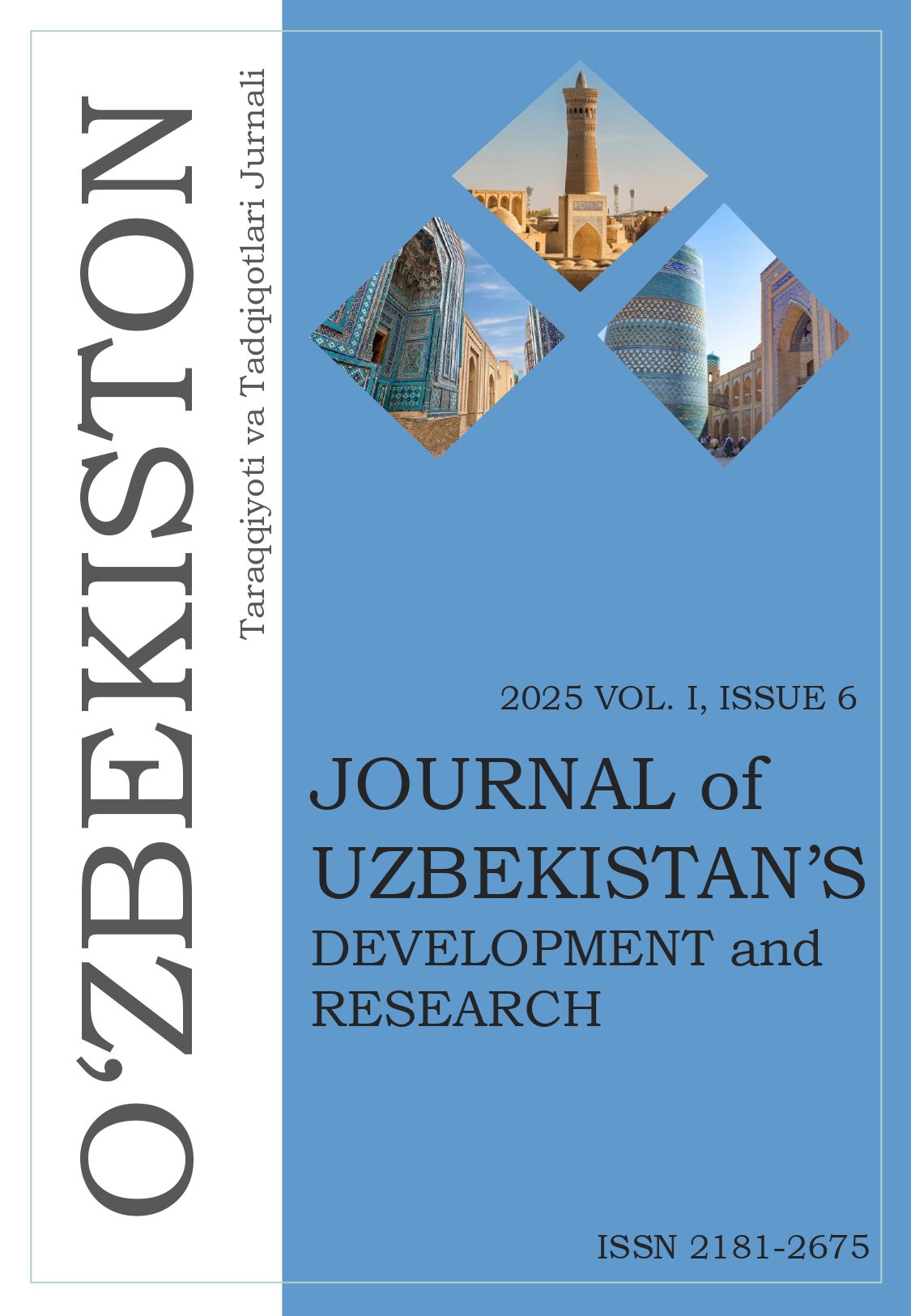MORPHOLOGICAL METHOD CROSS-CULTURAL ANALYSIS
Keywords:
morphological method, cross-cultural analysis, cultural comparison, intercultural communication, structural elements of culture, interdisciplinary research, cultural diversity.Abstract
This paper explores the application of the morphological method in cross-cultural analysis. Originally developed for structuring and solving complex problems, the morphological method proves to be highly effective in the field of comparative cultural studies. It enables the identification and comparison of structural elements within cultural systems—such as values, behavioral patterns, symbols, and rituals—and facilitates the analysis of their possible combinations and interactions. The study outlines the principles and stages of morphological analysis and demonstrates its practical use in comparing cultural artifacts, norms, and worldviews across various ethnic and national groups. Special attention is given to the method’s potential in interdisciplinary research, including sociology, anthropology, and intercultural communication. The conclusion emphasizes the value of the morphological approach as a tool for gaining a deeper understanding of cultural diversity and fostering sustainable models of intercultural dialogue.
References
1. Humboldt W. von. On Language: The Diversity of Human Language. Structure and its Influence on the Mental Development of Mankind (Texts in German Philosophy). – Cambridge: Cambridge University Press, 1988
2. Kojima S., Crane G.A. Dictionary of Japanese Culture. Heian International, 1990
3. Longman Dictionary of English Language and Culture. – Harlow: Longman Group UK Ltd, 3rd edition. 2005
4. Makovskiy, M. M. (2014). Language – Myth – Culture. The Symbols of Life and the Life of Symbols. Moscow, Inst. of the Russ. lang.
Published
Issue
Section
License
Copyright (c) 2025 Murtozayeva Dilshoda (Author)

This work is licensed under a Creative Commons Attribution-NonCommercial-NoDerivatives 4.0 International License.
All Rights Reserved.





